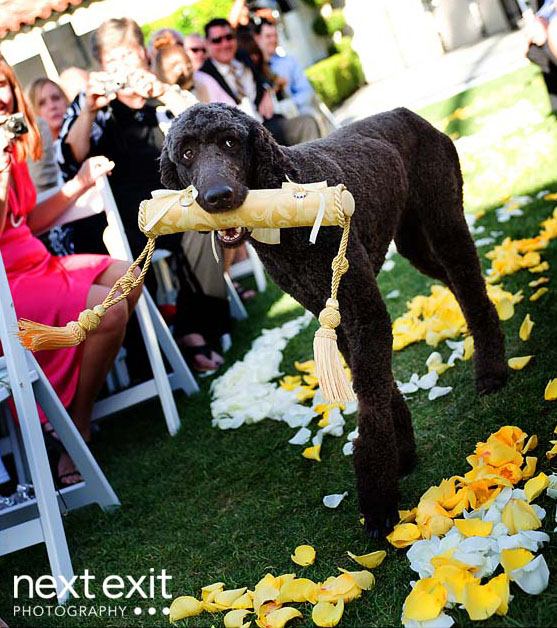
By Anna Lee
If you are searching for a name for a new puppy, or even an older dog that you just adopted, here are the top favorite names from the last few years, along with some pet specific names. Naming a dog is personal choice but the following lists will give you some ideas. When choosing a good name for a dog, you have to remember an easy rule, ‘two syllables only’ as it is easier for a puppy to comprehend “Annie” compared to “Mistymavenofgreenfieldsgalore.”
Let’s start with some good names for a female dog: Molly, Maggie, Daisy, Sadie, Ginger, Chloe, Bailey, Sophie, Zoe, Princess, Bella, Angel, Lady, Sasha, Abby, Roxy, Missy, Brandy, Coco, Annie, Katie, Sammy, Casey, Gracie, Rosie, Misty, Emma, Sandy and Heidi.
Good names for a male dog include: Max, Buddy, Jake, Rocky, Bailey, Buster, Cody, Charlie, Bear, Jack, Toby, Duke, Lucky, Sam, Harley, Shadow, Rusty, Murphy, Sammy, Zeus, Riley, Oscar, Winston, Casey, Tucker, Teddy, Gizmo, Samson, Oliver, Rex and Bandit.
If you have a brown dog, how about naming them Hershey, Coco, Swiss Miss or Coffee? Some good names for a black dog are Onyx, Raven, Licorice or Tar. For a yellow dog, Sunshine, Butter Cup, Honey and Goldie are all excellent names.
For a hunting dog, why not Shell, Buckshot, Buck, Trigger, Wade, Colt or Browning? A few good names for a small dog are Gizmo, Pixie, Pookie, Tiny and Teenie. If you have a large male dog, consider Brutus, Bubba, Titus, Rocky, Winston and Wolfie.
If you are a Country Western fan, the names Wrangler, George, Stetson, AJ, LeAnn, Toby and Willie are all great choices. What football fan wouldn’t like the name Colt, Bear, Titan, Saint or Jet? Perhaps you are a gardener? Why not name your dog Rose, Tulip, Clover, Daisy, Shasta or Lilly?
Some good dog names that may fit your personality or your dog’s personality would be Star, Sky, Candy, Sugar, Jazzie, Rhett, Digger, Puff, Wizard, Sparkles or Zesty.
When I was young my parents had friends who had four girls. When I got married I thought if I ever had a baby girl I would name it after one of their girls, Andrea, and call her Andy for short. Life took a different turn and I never did have any children. When I got my current dog I thought about naming her Andy. Somehow it didn’t seem right to give her that name, the name I would have given to a daughter. My husband’s first name starts with an “A”, as well as mine, so I knew I wanted an “A” name. I picked Abby, and it suits her just fine. Her full name is, “Abby move out of my way please, thank you.”
When you get a new dog I’m sure you will pick the right name for them, because there is really no wrong name! The above dog names are just some ideas to get you started. I hope you enjoyed reading this as much as I enjoyed writing it.
Read more articles by
Anna Lee
 In shelter news this week, read about a new way to transport pups in need of homes: the Rescue Waggin'!
In shelter news this week, read about a new way to transport pups in need of homes: the Rescue Waggin'! 

























